#king leopold iii
Explore tagged Tumblr posts
Text




Happy Valentines Day *Royal Edition*
Queen Maud and king Haakon VII of Norway
Queen Astrid and King Leopold III of Belgium
Queen Ingrid and Frederik IX of Denmark
Princess Alexandra of Kent and Sir Angus Ogilvy
#HAPPY VALENTINES DAY#queen maud#queen maud of Norway#maud of wales#king haakon#king haakon VII#king haakon of norway#norwegian royal family#queen astrid#queen astrid of belgium#princess astrid of sweden#king leopold#king leopold III#king leopold of belgium#belgium royal family#queen ingrid#queen ingrid of denmark#princess ingrid of sweden#king frederik#king frederik IX#danish royal family#princess alexandra of kent#princess alexandra#angus ogilvy#sir angus ogilvy#british royal family#royals
25 notes
·
View notes
Text

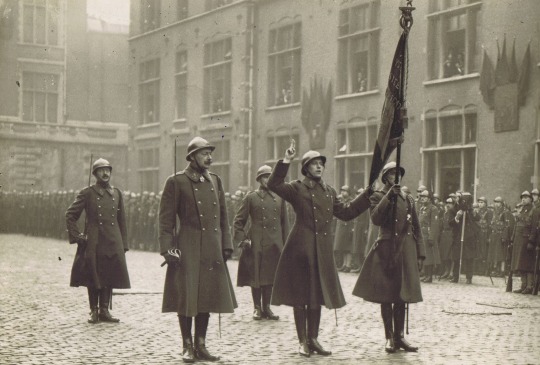

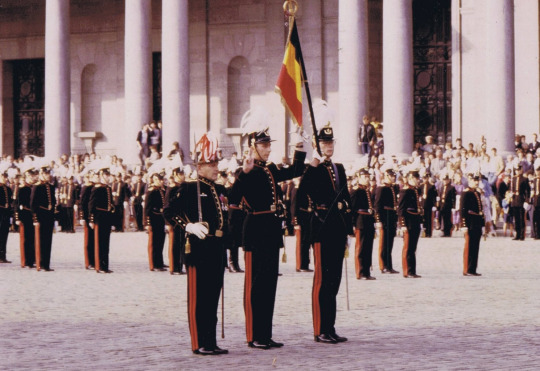
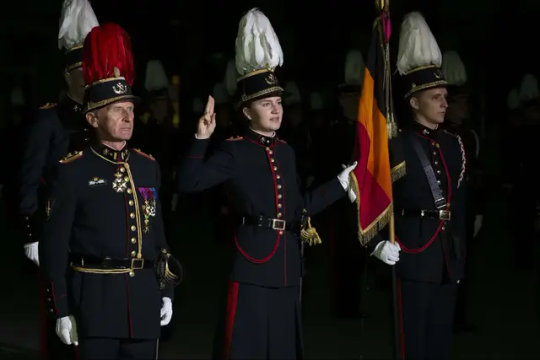
Prince Albert (King Albert I) | 17/12/1892 Prince Léopold (Koning Leopold III) | 09/01/1923 Prince Albert (King Albert II) | 18/05/1953 Prince Philippe (King Philippe) | 26/09/1980 Princess Elisabeth | 26/09/2013
75 notes
·
View notes
Text

Astrid Sofia Lovisa Thyra of Sweden, Queen consort of the Belgians and King Leopold III of Belgium arriving to Liège in 1935
Belgian vintage postcard
#postal#queen#historic#ansichtskarte#belgians#1935#consort#sepia#vintage#tarjeta#arriving#leopold#astrid sofia lovisa thyra#briefkaart#photo#thyra#lovisa#king leopold iii#liège#king#sofia#sweden#postkaart#belgium#ephemera#postcard#lige#postkarte#photography#belgian
7 notes
·
View notes
Text
Film captured to commemorate the engagement between Crown Prince Leopold of Belgium & Princess Astrid of Sweden. The film shows scenes from the home of Astrid's parents, Prince Carl & Princess Ingeborg, then scenes of Leopold & Astrid at the city hall garden in Stockholm.
Note: this is a copy of the original film, it's a silent movie but music has been added.
#swedish royal family#belgian royal family#royal wedding#king leopold iii#queen astrid#prince carl#princess ingeborg
5 notes
·
View notes
Text


Who: King Leopold III Role: King of the Belgians Allegiance: Neutral
Belgium opted to remain neutral during World War 2 but was one of the many countries invaded by Germany in 1940. The King sprung into action to control the troops, a step that immediately riled the government and set off fierce debate between the King and Prime Minister. While the government went into exile, Leopold refused, stating he didn't want to abandon his people. He also refused to join the Allies, wishing to uphold neutrality. After the government fled, Belgium clung on but Leopold eventually surrendered, further infuriating the government as they had not been consulted which went against the constitution. After this, Leopold considered the war over. He was placed under house arrest and did little to improve Belgium's predicament. Instead he fell in love and married in 1941, alienating much of the public who had thought he was sharing in their suffering. Although Belgium was liberated, Leopold wasn't allowed to return until 1950 as the government chose to investigate his role in the war amid concerns about his conservative vision for his reign. While he was eventually allowed to return, his unpopularity led to his abdication in 1951. While other royals did more to collaborate or sympathise with the Nazis, Leopold's public image has been heavily shaped by the war, in part due to his vilification by the Allied forces who resented his surrender in 1940.
4 notes
·
View notes
Photo
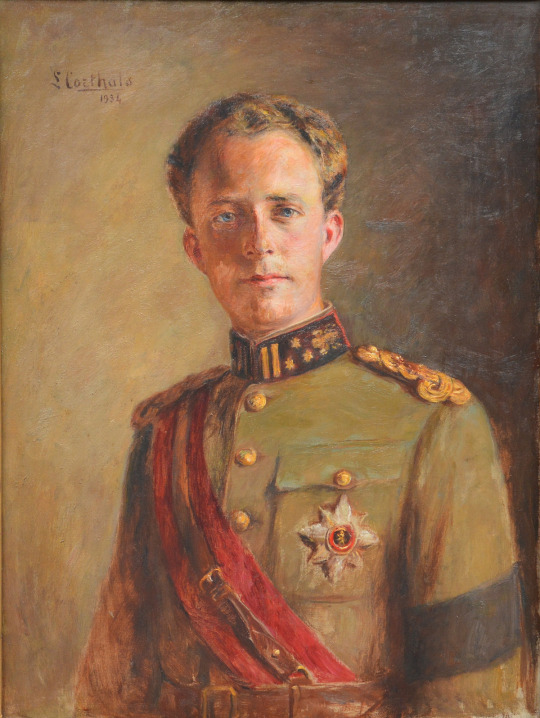
King Leopold III of Belgium (1901-1983). By Léon Corthals.
9 notes
·
View notes
Text

King Leopold III of Belgium. Vintage Postcard.
#belgium royal family#king leopold iii#mine#official portraits#postcards#vintage postcards#postcard collecting
0 notes
Text

“I don't get why people call Sissi the "Diana of her era". Diana had many faults (like Sissi) but at least she loved her boys. Sissi had no excuse being neglectful of her kids once Archduchess Sophie, her MIL, died. If there's a royal that actually comes close to being the "Diana of her era", it would probably be Astrid of Sweden. Married young like Di (and Sissi, and many other royal and noble women; though Sissi married way younger than Astrid and Diana), popular with the Belgian public, just like Diana was with the British public, and loved her kids. Though unlike Diana (and Sissi), she was a princess by birth, was healthier and happier, didn't seem petty like Di or neglectful and apathetic like Sissi, and sadly died young in a car accident like Di (way younger actually). But then again, even if Sissi wasn't popular with the Austrian public, she was def popular with the Hungarian public. So maybe she does resemble Di (and Astrid) on that front. Other similarities between Astrid and Sissi is that they didn't divorce their husbands, but then again, Astrid died very young, so it wouldn't be possible for her to divorce Leopold + they were madly in love with each other anyway, and Franz Joseph was madly in love with Sissi as well. Sadly, Charles wasn't crazy for Diana (he liked her, but that's as far as it went). Divorce was also uncommon/frowned upon in Astrid and especially Sissi's eras, not so much on Di's era. That said, Sissi had long months of separation from FJ because of her travels, so she, more less, resembles Di on that front as well when Di began traveling a lot after her divorce (mostly for charity work, but her vacations were also notable like Sissi's), they were all young mothers (more so Sissi), and they were all devoted to charity work as well (Astrid and Diana more so. It was more of a side thing for Sissi). And lastly, they all married a young emperor/two young heirs to the throne who would eventually become kings, and all three women had tragic deaths and were deeply mourned. Ok… maybe Sissi was kinda the Diana of her era.” - Submitted by Anonymous
13 notes
·
View notes
Text
Among others










That old man should be grunting and sweating on top of me right now what the fuck
#asmont thirsts#leopold von bergliez#hanneman von essar#jeralt reus eisner#alois rangeld#edward newgate#whitebeard one piece#riku doldo iii#king riku#elizabello ii#bergard zeman#maddock lonsdale#lonsdale bravely default ii#lorenz archanea#lorenz fire emblem
3K notes
·
View notes
Note
hi look at my baby king robin leopold III im p sure hes a seal point with white :)

yes! a seal point with low white spotting :)
119 notes
·
View notes
Photo
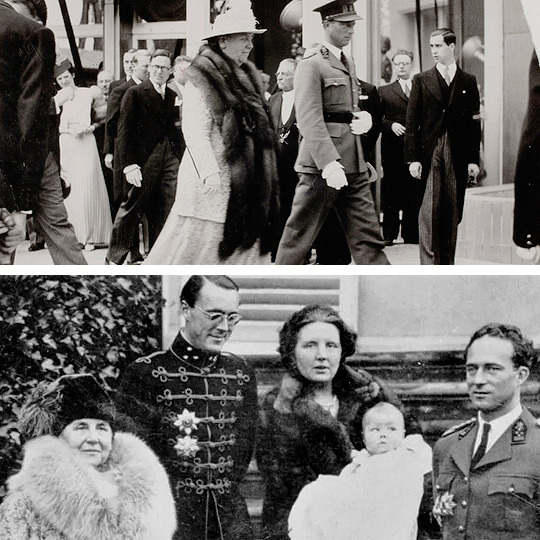
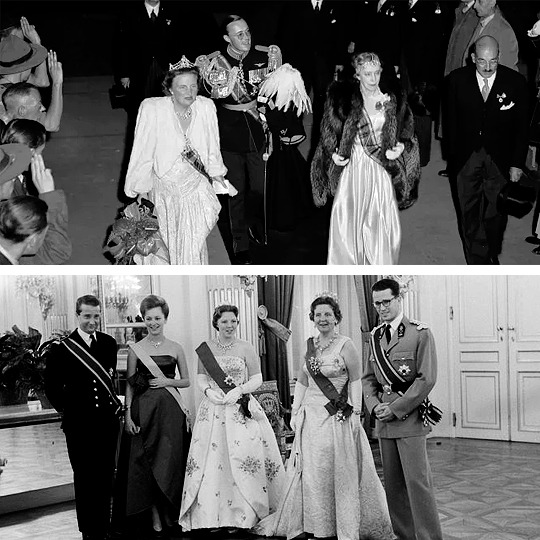
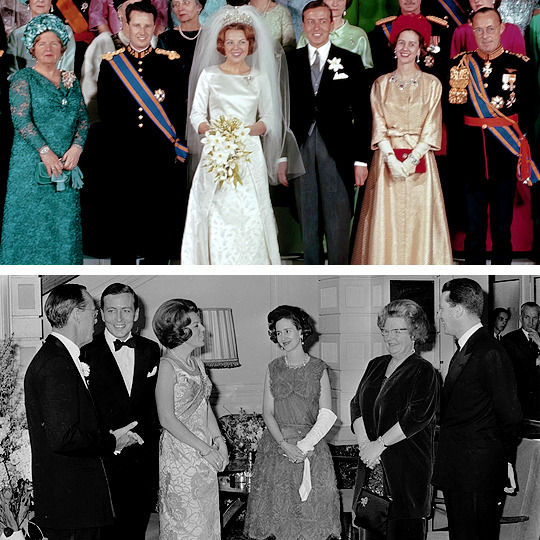
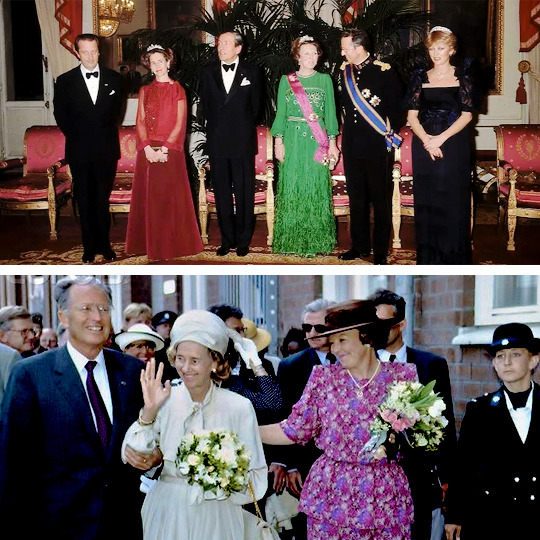
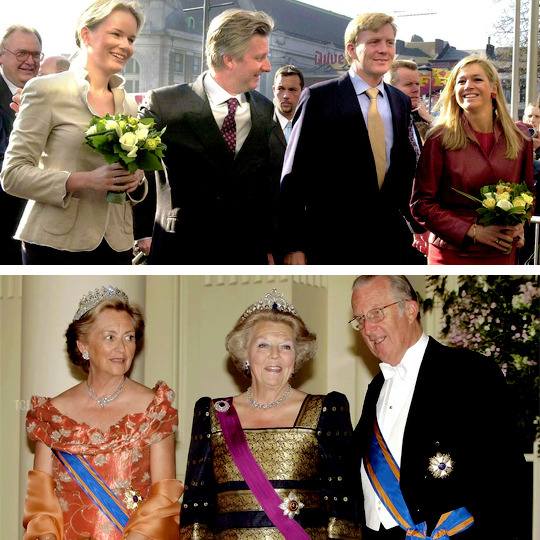
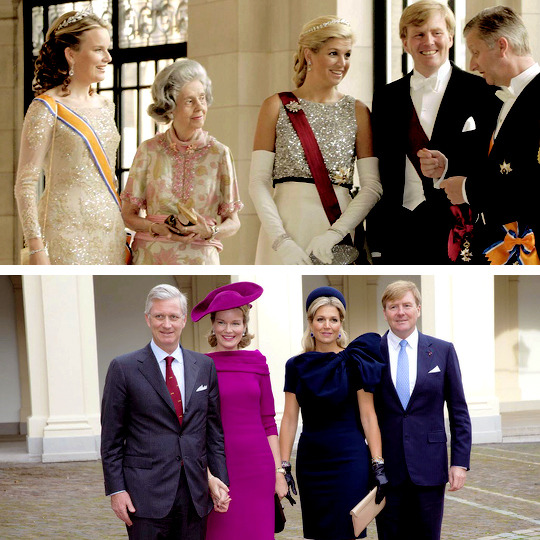
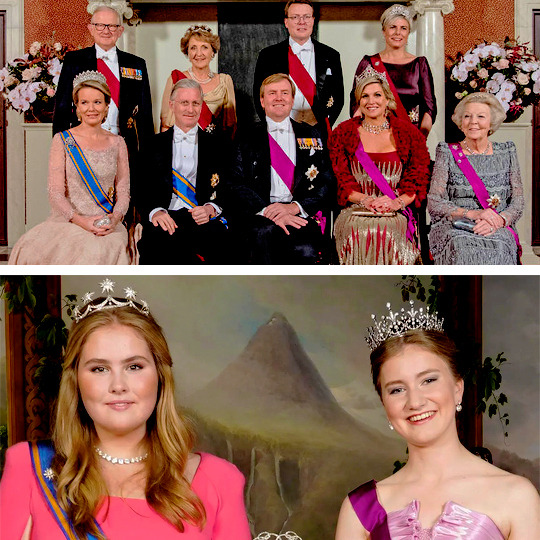
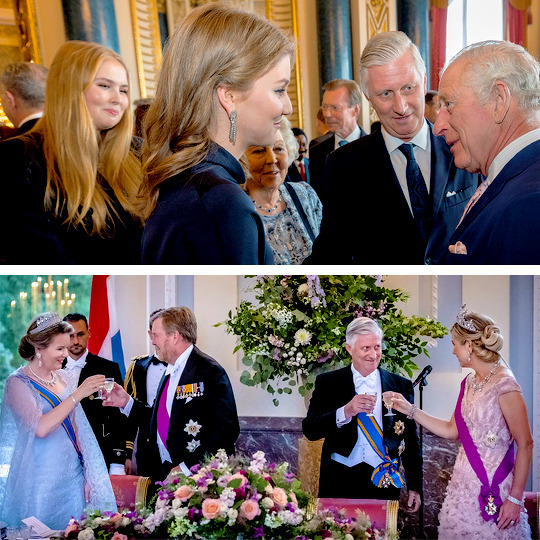
The relationship between the Dutch and Belgian royal families over the years (c. 1938 - 2023).
#royaltyedit#queen maxima#queen mathilde#princess catharina amalia#princess elisabeth#king willem alexander#king philippe#princess beatrix#prince claus#queen fabiola#king baudouin#princess juliana#queen juliana#prince bernhard#queen wilhelmina#king albert ii#queen paola#king leopold iii#queen elisabeth#dutch#belgium#too many people to tag
19 notes
·
View notes
Text

Crown Prince Léopold Philippe Charles Albert Meinrad Hubertus Marie Miguel of Saxe Coburg, later Leopold III, King of the Belgians
Belgian vintage postcard
#philippe#leopold#sepia#king#marie#charles albert meinrad#photography#léopold philippe#charles#vintage#postkaart#meinrad#belgians#crown#later#prince#ansichtskarte#ephemera#carte postale#postcard#leopold iii#hubertus marie miguel#hubertus#postal#saxe#briefkaart#belgian#coburg#photo#miguel
20 notes
·
View notes
Text
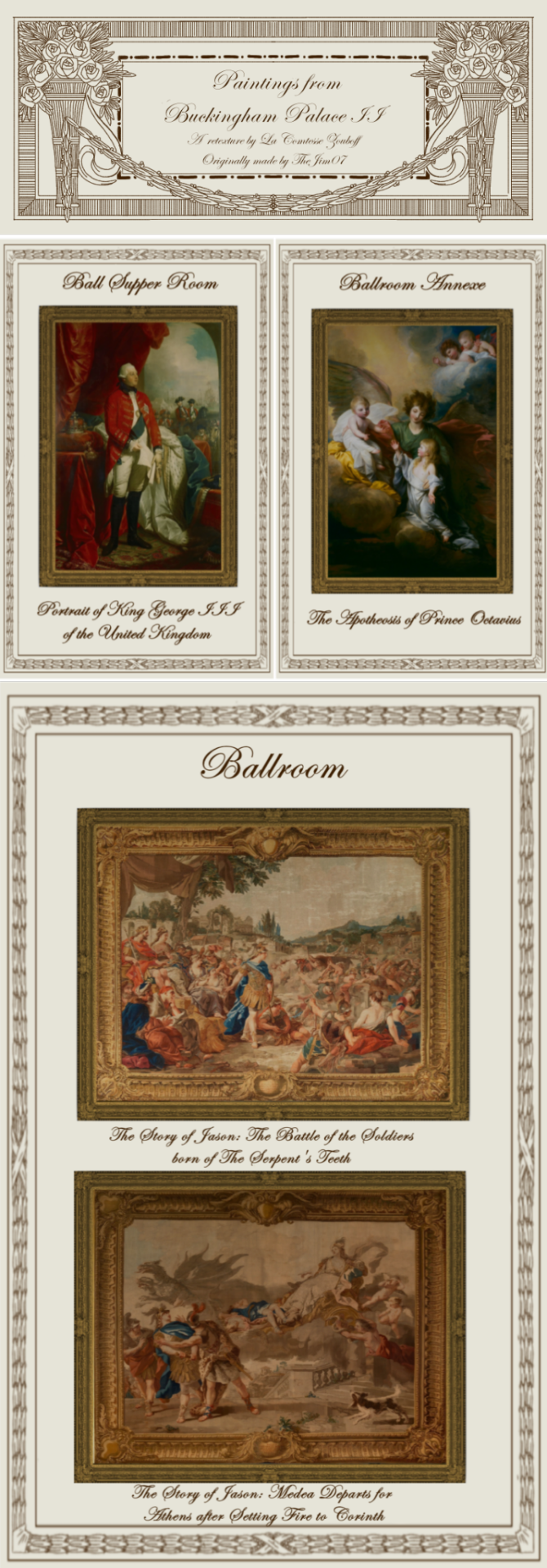
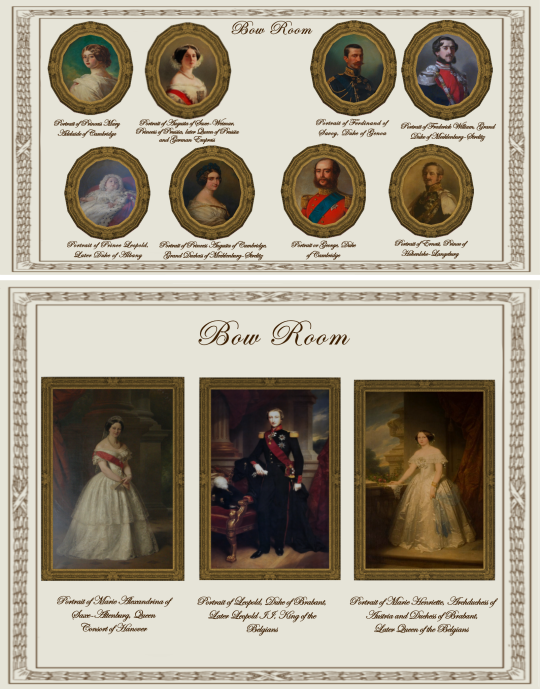
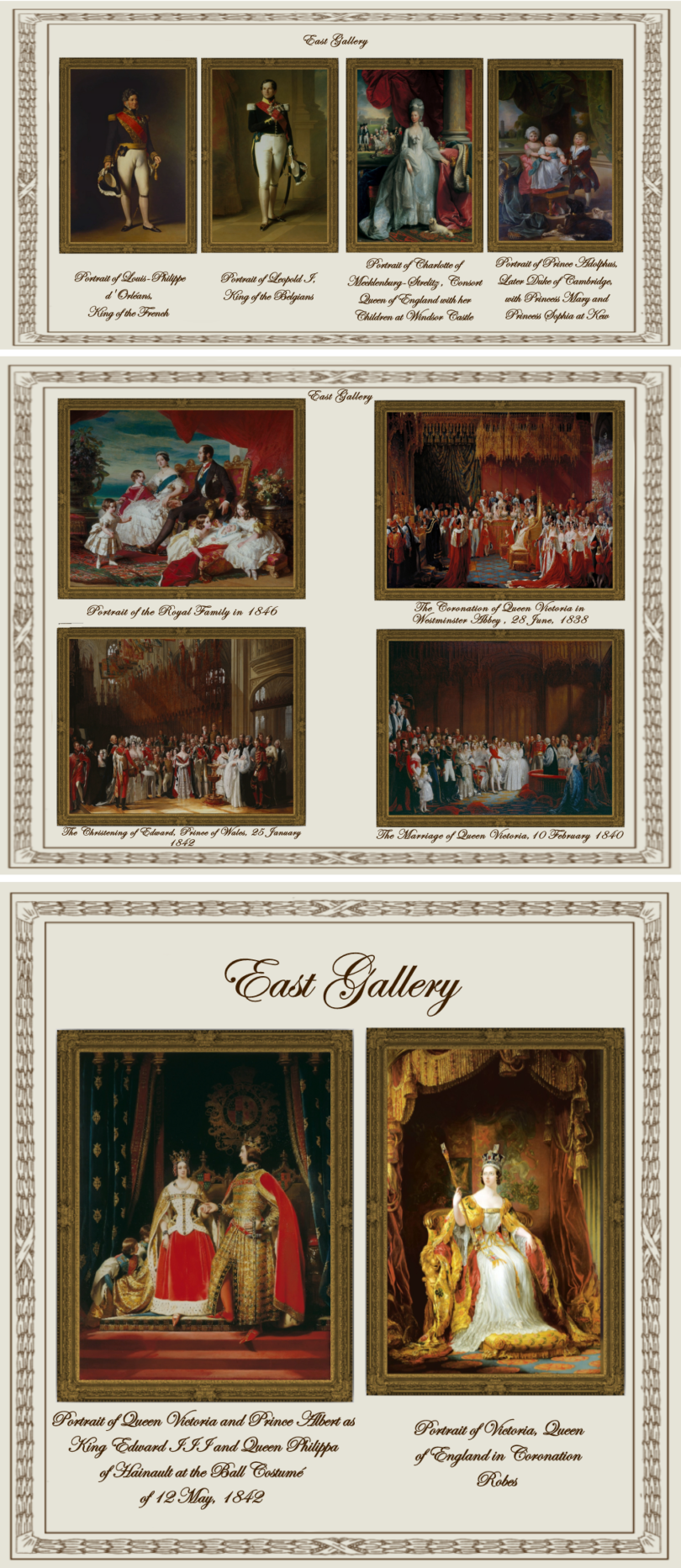
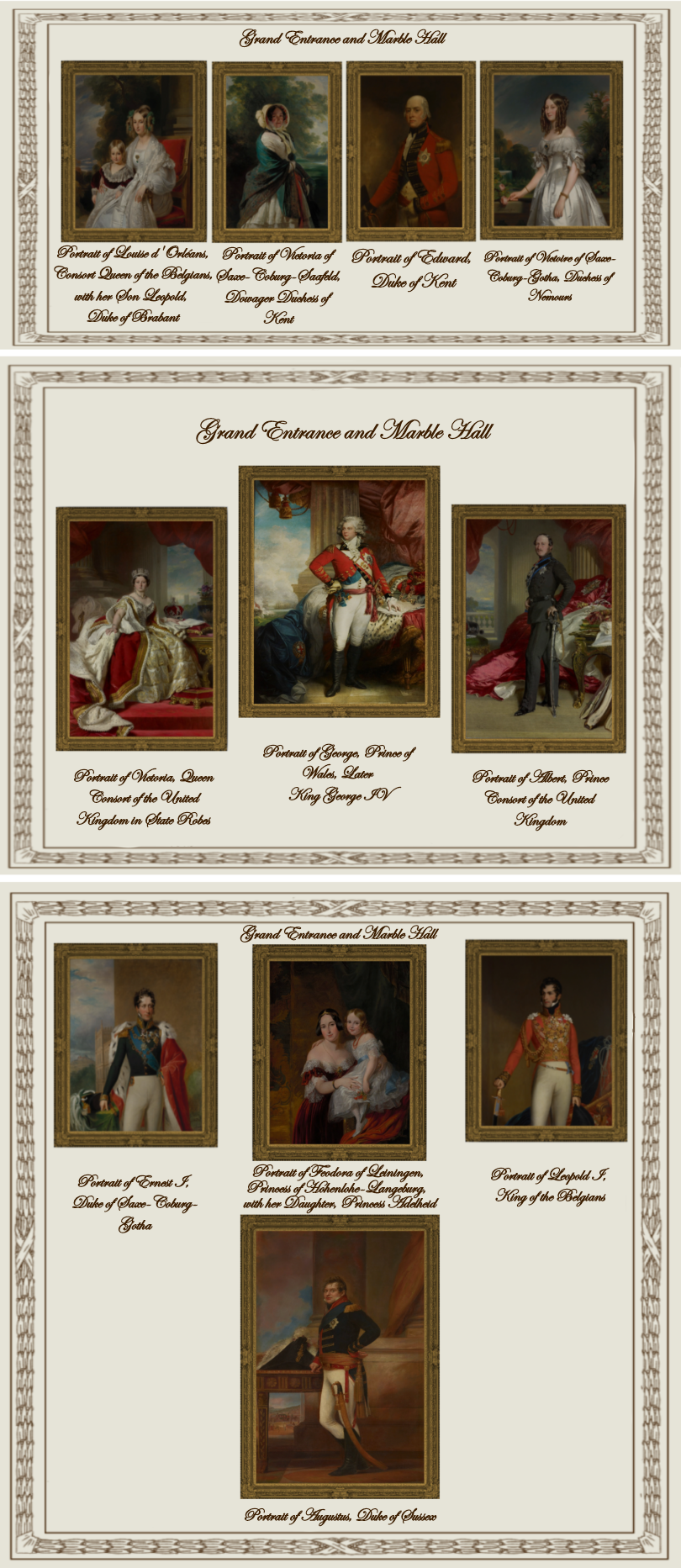

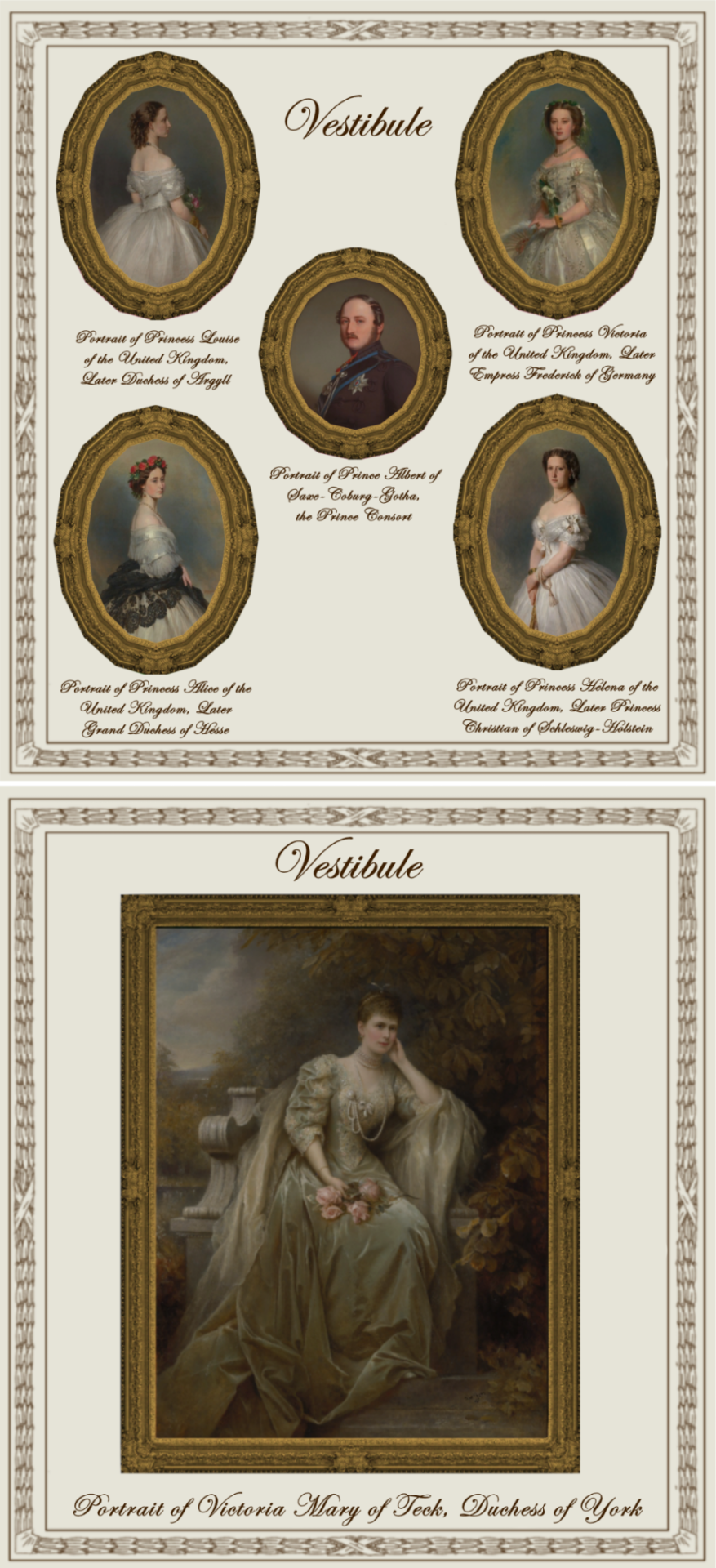
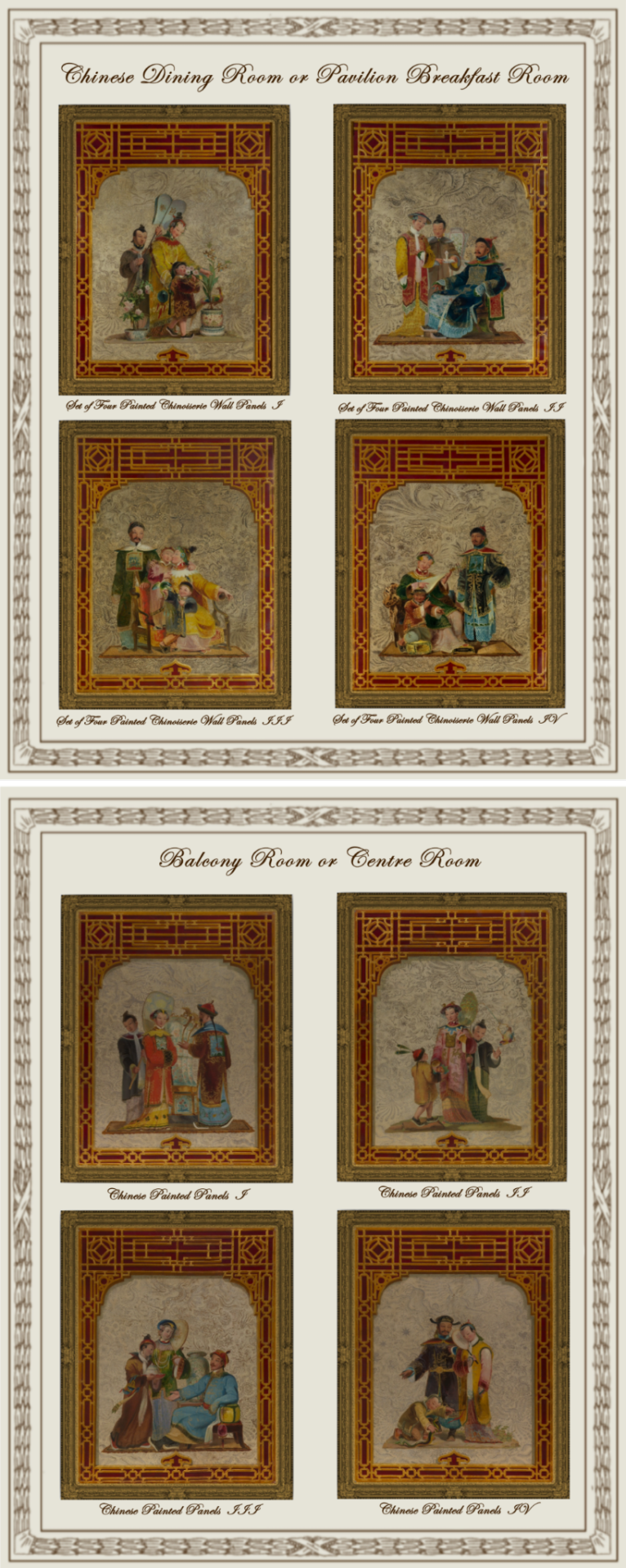

Paintings from Buckingham Palace: part II
A retexture by La Comtesse Zouboff — Original Mesh by @thejim07
Spread among 13 occupied and historic royal residences in the United Kingdom, the collection is owned by King Charles III and overseen by the Royal Collection Trust. The British monarch owns some of the collection in right of the Crown and some as a private individual. It is made up of over one million objects, including 7,000 paintings, over 150,000 works on paper, this including 30,000 watercolours and drawings, and about 450,000 photographs, as well as around 700,000 works of art, including tapestries, furniture, ceramics, textiles, carriages, weapons, armour, jewellery, clocks, musical instruments, tableware, plants, manuscripts, books, and sculptures.
Some of the buildings which house the collection, such as Hampton Court Palace, are open to the public and not lived in by the Royal Family, whilst others, such as Windsor Castle, Kensington Palace and the most remarkable of them, Buckingham Palace are both residences and open to the public.
About 3,000 objects are on loan to museums throughout the world, and many others are lent on a temporary basis to exhibitions.
-------------------------------------------------------
The second part includes paintings displayed in the Ball Supper Room, the Ballroom, the Ballroom Annexe, the Bow Room, the East Gallery, the Grand Entrance and Marble Hall, the Minister's Landing & Staircase, the Vestibule, the Chinese Dining Room and the Balcony Room.
This set contains 57 paintings and tapestries with the original frame swatches, fully recolourable. They are:
Ball Supper Room (BSR):
Portrait of King George III of the United Kingdom (Benjamin West)
Ballroom (BR):
The Story of Jason: The Battle of the Soldiers born of The Serpent's Teeth (the Gobelins)
The Story of Jason: Medea Departs for Athens after Setting Fire to Corinth (the Gobelins)
Ballroom Annexe (BAX):
The Apotheosis of Prince Octavius (Benjamin West)
Bow Room (BWR):
Portrait of Princess Mary Adelaide of Cambridge (William Corden the Younger)
Portrait of Princess Augusta of Cambridge, Grand Duchess of Mecklenburg-Strelitz (Alexander Melville)
Portrait or George, Duke of Cambridge (William Corden the Younger)
Portrait of Frederick William, Grand Duke of Mecklenburg-Strelitz (Franz Xaver Winterhalter)
Portrait of Augusta of Saxe-Weimar, Princess of Prussia, later Queen of Prussia and German Empress (Franz Xaver Winterhalter)
Portrait of Prince Leopold, Later Duke of Albany (Franz Xaver Winterhalter)
Portrait of Ernest, Prince of Hohenlohe-Langeburg (Franz Xaver Winterhalter)
Portrait of Ferdinand of Savoy, Duke of Genoa (Eliseo Sala)
Portrait of Marie Alexandrina of Saxe-Altenburg, Queen Consort of Hanover (Carl Ferdinand Sohn)
Portrait of Leopold, Duke of Brabant, Later Leopold II, King of the Belgians (Nicaise de Keyser)
Portrait of Marie Henriette, Archduchess of Austria and Duchess of Brabant, Later Queen of the Belgians (Nicaise de Keyser)
East Gallery (EG):
Portrait of Leopold I, King of the Belgians (Franz Xaver Winterhalter)
Portrait of Victoria, Queen of England in Coronation Robes (Sir George Hayter)
Portrait of Louis-Philippe d'Orléans, King of the French (Franz Xaver Winterhalter)
Portrait of Charlotte of Mecklenburg-Strelitz, Consort Queen of England with her Children at Windsor Castle (Benjamin West)
Portrait of Prince Adolphus, later Duke of Cambridge, With Princess Mary and Princess Sophia at Kew (Benjamin West)
The Coronation of Queen Victoria in Westminster Abbey, 28 June, 1838. (Sir George Hayter)
The Christening of Edward, Prince of Wales 25 January, 1842 (Sir George Hayter)
The Marriage of Queen Victoria, 10 February, 1840 (Sir George Hayter)
Portrait of the Royal Family in 1846 (Franz Xaver Winterhalter)
Portrait of Queen Victoria and Prince Albert as King Edward III and Queen Philippa of Hainault at the Ball Costumé of 12 May, 1842 (Sir Edwin Landseer)
Grand Entrance and Marble Hall (GEMH):
Portrait of Edward, Duke of Kent (John Hoppner)
Portrait of Ernest I, Duke of Saxe-Coburg-Gotha (George Dawe)
Portrait of Victoria of Saxe-Coburg-Saafeld, Dowager Duchess of Kent (Franz Xaver Winterhalter)
Portrait of Albert, Prince Consort of the United Kingdom (Franz Xaver Winterhalter)
Portrait of Victoria, Queen Consort of the United Kingdom in State Robes (Franz Xaver Winterhalter)
Portrait of Louise d'Orléans, Consort Queen of the Belgians, with her Son Leopold, Duke of Brabant (Franz Xaver Winterhalter)
Portrait of Feodora of Leiningen, Princess of Hohenlohe-Langeburg, with her Daughter, Princess Adelheid (Sir George Hayter)
Portrait of George, Prince of Wales, Later King George IV (Mather Byles Brown)
Portrait of Victoire of Saxe-Coburg-Gotha, Duchess of Nemours (Franz Xaver Winterhalter)
Portrait of Augustus, Duke of Sussex (Domenico Pellegrini)
Portrait of Leopold I, King of the Belgians (William Corden the Younger)
Minister's Landing and Staircase (MLS):
Portrait of George, Prince of Wales in Garther Robes (John Hoppner)
The Loves of the Gods: The Rape of Europa (the Gobelins)
The Loves of the Gods: The Rape of Proserpine (The Gobelins)
Vestibule (VL):
Portrait of Prince Albert of Saxe-Coburg-Gotha, the Prince Consort (Unknown Artist from the German School)
Portrait of Princess Alice of the United Kingdom, Later Grand Duchess of Hesse (Franz Xaver Winterhalter)
Portrait of Princess Helena of the United Kingdom, Later Princess Christian of Schleswig-Holstein (Franz Xaver Winterhalter)
Portrait of Princess Louise of the United Kingdom, Later Duchess of Argyll (Franz Xaver Winterhalter)
Portrait of Princess Victoria of the United Kingdom, Later Empress Frederick of Germany (Franz Xaver Winterhalter)
Portrait of Victoria Mary of Teck, Duchess of York (Edward Hughes)
Chinese Dining Room or Pavilion Breakfast Room(CDR):
Set of Four Painted Chinoiserie Wall panels I (Robert Jones)
Set of Four Painted Chinoiserie Wall panels II (Robert Jones)
Set of Four Painted Chinoiserie Wall panels III (Robert Jones)
Set of Four Painted Chinoiserie Wall panels IV (Robert Jones)
Balcony Room or Centre Room (BR):
Chinoiserie Painted Panel I (Robert Jones)
Chinoiserie Painted Panel II (Robert Jones)
Chinoiserie Painted Panel III (Robert Jones)
Chinoiserie Painted Panel IV (Robert Jones)
EXTRAS! (E):
I decided to add the rest of the tapestries from the story of Jason (wich hangs in the Grand Reception Room at Windsor Castle) and (with Jim's permission) added the original mesh for paintings number 2,3,4 & 5 from the Vestibule (seen here and here) wich was never published. These items are:
The Story of Jason: Jason Pledges his Faith to Medea (the Gobelins)
The Story of Jason: Jason Marries Glauce, Daughter of Creon, King of Thebes (the Gobelins)
The Story of Jason: The Capture of the Golden Fleece (the Gobelins)
The Story of Jason: The Poisoning of Glauce and Creon by Medea's Magic Robe (the Gobelins)
Sea Melodies (Herbert James Draper) (made by TheJim07)
-------------------------------------------------------
Found under decor > paintings for:
500§ (BWR: 1,2,3,4,5,6, & 8 |VL: 1)
570§ (VL: 2,3,4 & 5 |E: 5)
1850§ (GEMH: 1 & 3)
2090§ (GEMH: 2,6,7, 9 & 11)
3560§ (GEMH: 4,5 & 10 |BSR: 1 |EG: 1,2,3,4 & 5 |MLS: 1 |BAX: 1)
3900§ (CDR: 1,2,3 & 4 |BR: 1,2,3 & 4 |EG: 10 |VL: 6 |GEMH: 8)
4470§ (MLS: 2 |E: 1)
6520§ (BR 1 & 2| MLS: 3 |EG: 6,7,8 & 9 |BR: 1 & 2 |E: 2,3 & 4)
Retextured from:
"Saint Mary Magdalene" (BWR: 1,2,3,4,5,6, & 8 |VL: 1) found here.
"Sea Melodies" (VL: 2,3,4 & 5 |E: 5)
"The virgin of the Rosary" (GEMH: 1 & 3) found here.
"Length Portrait of Mrs.D" (GEMH: 4,5 & 10 |BSR: 1 |EG: 1,2,3,4 & 5 |MLS: 1 |BAX: 1) found here
"Portrait of Maria Theresa of Austria and her Son, le Grand Dauphin" (CDR: 1,2,3 & 4 |BR: 1,2,3 & 4 |EG: 10 |VL: 6 |GEMH: 8) found here
"Sacrifice to Jupiter" (MLS: 2 |E: 1) found here
"Vulcan's Forge" (BR 1 & 2| MLS: 3 |EG: 6,7,8 & 9 |BR: 1 & 2 |E: 2,3 & 4) found here
(you can just search for "Buckingham Palace" using the catalog search mod to find the entire set much easier!)
Disclaimer!
Some paintings in the previews look blurry but in the game they're very high definition, it's just because I had to add multiple preview pictures in one picture to be able to upload them all! Also sizes shown in previews are not accurate to the objects' actual sizes in most cases.
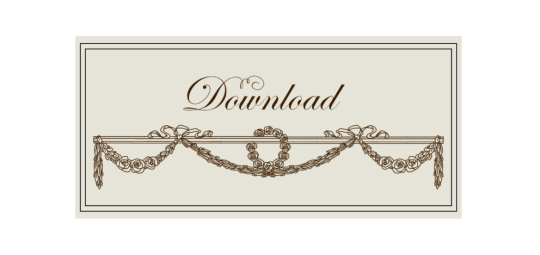
Drive
(Sims3pack | Package)
(Useful tags below)
@joojconverts @ts3history @ts3historicalccfinds @deniisu-sims @katsujiiccfinds @gifappels-stuff
-------------------------------------------------------
#the sims 3#ts3#sims 3#s3cc#sims 3 cc#sims 3 download#sims 3 decor#edwardian#victorian#regency#georgian#buckingham#buckingham palace#wall decor#sims 3 free cc#large pack#this was exhausting
80 notes
·
View notes
Note
Any Austria headcanons?
shaking
vibrating
tumbling over
hi. yes. so. enjoy my ramblings of specific Austria | Roderich headcanons from me because my credentials include 5 - 6 years of RP experience writing, researching, writing, musing him
some canon points i took and expanded upon with prevalent historical elements that does fit what i see from the series, certain elaborations that comes from further delve into the unique entanglement of the Habsburg influence upon their claim to the imperial fief of the Holy Roman Empire, the Austrian Duchy
Austria being a far more rowdy, feral, unrestrained youth when the Austrian Duchy absolutely flourished during the Babenberg rule by the successive lead of dukes Leopold. (Yes, dukes. All of them were named Leopold and distinguished only by the numerical order.) During Leopold III, Leopold the Illustrious reign, he was a bit of a punk that not only successfully expanded the duchy with more towns and cities, he joined the third crusade and took command of the German battalion when the previous commander died (Duke Frederick of Swabia). This is the origins of the legend where Austria's flag was created, the signature triband of red, white, red. The Duke's bloodstained uniform when he removed his belt revealed the untouched hidden stripe of white and he went with that - given the track record of these dukes and their prosperous deeds in battle, Roderich would've been that young man who eagerly joined his dukes in each and every conflict, fighting alongside them, and that bit with the bloodstained uniform would've been applied to Roderich as well.
He was a country bumpkin because of this. Had been one since he first came to be, which honestly in my years of writing him is difficult to pinpoint exactly which year given the interesting track records that offers Roman roots (the Noricum province in the then Roman empire), or the first documented use of "Marcha Orientalis" meaning the eastern march, first established by the Bavarian following the battle of Lechfeld in 955 that drove out the rest of the Magyars and fortifying the eastern front once the stronghold is built and fortified. Often I go with this latter interpretation whilst also making good of applying the possible Roman lineage given Noricum was where the land of the east would be. He was just a little country boy Bavaria found after the battle and was like ay yO I GOT A KID.
Bavaria would've spoiled the kid. Cutie. Little march. Sure it's concerning he can already wield a sword but hey you gotta do what you can do to survive! Very apt in swordsmanship and I honestly see his preferred blade of choice is the curved style of a saber, that in turn encompasses his then more outlandish nature - because in sword fighting, saber attacks are far more aggressive despite the refined, graceful look to it. Bavaria would've taught Austria all there is when it comes to fighting when the little march was growing and maturing.
Austria physically matured fast. Which lends itself to the state of his mentality as an empire being pretty fucked because he didn't get to be a child for too long, given how quickly he rose and was refined into this eminent symbol, representative, personification of this imperial fief. During his time as margraviate, he would've already looked like a 10 - 11 y/o pretty soon, then when the later Babenberg generations manage to obtain the Privilegium Minus elevating their territory into a dukedom, he would've had the appearance of a 15 - 16 y/o boy. Because this was a crucial period entering the 1200s onwards, when the succession claim for the duchy became a widely contested issue after the Babenberg line went extinct.
The Bohemian kingdom snatched it pretty quickly with Austrian nobilities actually being in favour for them to rule the duchy, but there was an issue. As imperial fief, the dietary court ruled by the prince electors was the one who called the shots of who'll get to rule the fief next. King Ottokar disregarded this and claimed the duchy for himself and he would've spoiled the Austrian duchy rotten because guess what. Ottokar was incredibly wealthy. I find it absolutely hilarious it was thanks to this man Roderich became... the pampered gemstone he is. To really contextualize how rich Ottokar was, not only was his moniker the Golden King, his earnings was ten times more than the imperial revenue itself that they do not. Want. Ottokar. As emperor. Roderich didn't mind, the former country bumpkin went from a fighter to being throw into this new lavish life where he gets to be comfortable and in prettier clothes, and introduced to Bohemian culture, way of religion, made friends with Bohemia, of course he'd be placated the same way the Austrian nobilities welcomed Ottokar!
Only for his rival, king Rudolf of Habsburg with ambitions to become emperor absolutely get in his way. It was a mess and the then still immature, teenage duchy didn't quite understand the perilous struggle over something he thought was a simple territorial claim and would later learn of the significance when Ottokar was defeated, died in battle, and was finally claimed into Habsburg possession. But it's important to note that Rudolf didn't succeed as emperor. God bless. He was a menace and Roderich would've more than kicked and screamed and tried to bite Rudolf's ear off because guess what. Rudolf was less richer than Ottokar. At least five shillings in bad coin poorer that the country bumpkin having tasted wealth looked at the new ruling figure over his land with disdain because where was the splendour? Where is his comfort?
I may get booed for this but I honestly envisioned he didn't need eyewear until after the dissolution of the empire. Listen to me, he was in good health and perfect physical condition as a rapidly growing fief, he was a good boy who ate his meals, went hunting, practiced his swordsmanship, kept fit, that any and all semblance of incapacitation wouldn't be until after the end that signifies the loss of status and power. The worsening vision thus making him require the glasses on a daily, the frailer physicality simply because in the present day he is not needed to fight, to fend, to exhaust himself tirelessly to grow as a power he no longer was, hence his more laidback habits, hobbies, and being winded easily. And there's nothing wrong with that, you know? He said he wanted to live a good, modest life from here on out and he got that. He's had his run.
Back to more history stuff, remember the bit about his country bumpkin identity? The Spanish Court Ceremonials beat every ounce of it from him. Because one, it was infamously a strict set of conduct by the Spanish constituents in court. And secondly, following the creation of the Spanish Habsburg branch when the succession of marriages into the Spanish monarchy obtaining the crowns of Castile and Aragorn through Maximilian's descendants, Philips and Charles, the Austrians eagerly adopted the customs of their Spanish in laws to foster a harmonious relationship between each other, and in turn Roderich learned the etiquette to a T that perfectly shaped him into the elegant, composed, refined imperium representative he was, finally the revered gemstone befitting the surname he wears; Edelstein. In part, acclimatizing to the Spanish identity was an attempt to better cement his and his first husband, Spain, matrimonial arrangement.
This is completely self indulgent on my part because I love the domino effect and exploring Austria's | Roderich's dynamic with the significant rulers of the dynasty. Maximilian would've been behind the machinations of Roderich's eventual marriage to Antonio. This reflects how his will to bring Spanish inheritance into Habsburg's possessions was achieved when Philip married Joana of Castile, and their heir, Charles, the next Holy Roman Emperor; legitimized the claim over much of the New Worlds and the Holy Roman Empire ... massive wealth and treasure reserves. I imagined the conversation between Maximilian quizzing Roderich on how to better secure their chances of success, thus in turn being one of the rulers that taught the Austrian better when it comes to these political schemes which becomes his weapon later on, telling Roderich to get married. Roderich would have stared and responded, "What?"
Speaking of marriages and the Habsburg being notorious for abusing the ever living daylights out of this strategy? "O'happy Austria, you marry," that saying? The full quote is, "Bella gerant alii, tu felix Austria nube. Nam quae Mars aliis, dat tibi ragna Venus." Let others wage war, but thou, O'happy Austria, marry. For those kingdoms which Mars gives to others, Venus gives to thee. Coined by Matthias Corvinus, the then Hungarian king in the 1400s. And when did Maximilian reigned? 1459 - 1519. The king of the Romans, the most celebrated warlord with a pension for fishing (I kid you not) masterminded some couple of marriages including his own to Mary of Burgundy which brought the possessions of the Low Countries soon into his and the empire's ownership, would have been the instrumental force imparting the wisdom of marriage being the solution to every problem unto Roderich. Young, impressionable Roderich thought, you know what? He's right. Poor Austria didn't think he'd be delivered on the altar is all.
Austria is a polyglot. One, not only are languages and the arts were some of the core subjects for the monarchs, two, Roderich would have more than enough time on his hands to literally retain the fluency of multiple languages. Guess what, another historical tidbit and whom the princess would be inspired by; Emperor Charles. The man could speak an array from French, Dutch, Spanish, even Basque, and Portuguese, and having this disposition to outperform himself each time because Roderich was entangled with that drive to succeed through any and every means, this skill is not only handy but gives him a reason to flex that he can speak Latin still even if rusty from the un-use, Castilian Spanish, Italian, Hungarian, Czech, Dutch, Portuguese, French, the High German in use today, and bit of Polish. Something about it gives him an advantage that if he can find anything, everything to impose himself above a person, Roderich would absolutely refine it.
He is fond of horses. He is absolutely fond of, and would own one of the original dynasty of the Lipizzaner breed. Let him have his immortal pet. Please. Horseback riding is another favourite activity of his in the past, he'd practice it still in present but not at the same capacity and intensity he once did. So a little about the Lipizanner and why they're special - a product of the Habsburgs. They wanted an agile. faster horse and the cross breeding with Spanish breeds resulted in the end product called a Lipizzan, and where it was first conceived was in a stud farm at Lipica (present day Slovenia) established by a Habsburg monarch. I forgot the dude's name but he would've been thrilled unveiling this creation to Roderich, and was gifted one. And if you're wondering, that's right, these same horses are the specially preserved breed in use for dressage at the Spanish Riding School in Vienna. Yet another pride and labour of love of the Habsburgs. And in turn, Roderich.
Austria | Roderich strikes me as the type who'd own two large dog breeds. A German shepherd and Dobermann. Something about this pretty looking man and the scariest dogs guarding him gives such immaculate vibes, and frankly the dogs are required to stave off unwanted attention and bite anyone untowards.
Multiple residences owned throughout the nine federal states of Austria. One, for ease of travelling for work purposes so he'd have a cozy place to stay in and two, it's such a thing that since the end of his major power days, becoming closer to and working alongside his people contributes to his growth and goal of living an honest life for himself that he gets to be an authentic person doing what he believes is the best for his people. As opposed to during his time as an empire, he was too high up and never saw for himself the subjects he ruled when he was the emblem of hegemony.
TBC. Because it's midnight and I am passing out. But. Just.
Yeah
16 notes
·
View notes
Text
Albert II of Belgium
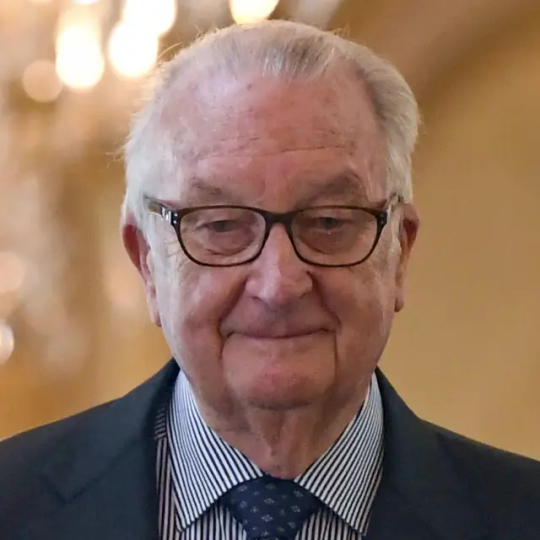
Physique: Average Build Height: 6'1"
Albert II (born 6 June 1934 -) is a member of the Belgian royal family who reigned as King of the Belgians from 1993 until his abdication in 2013. He is the son of King Leopold III and Queen Astrid, born princess of Sweden. He is the younger brother of Grand Duchess Joséphine-Charlotte of Luxembourg and King Baudouin, whom he succeeded upon Baudouin’s death in 1993. Albert II abdicate the throne for health reasons in 1993 and was succeeded by his son Philippe on 21 July 2013.
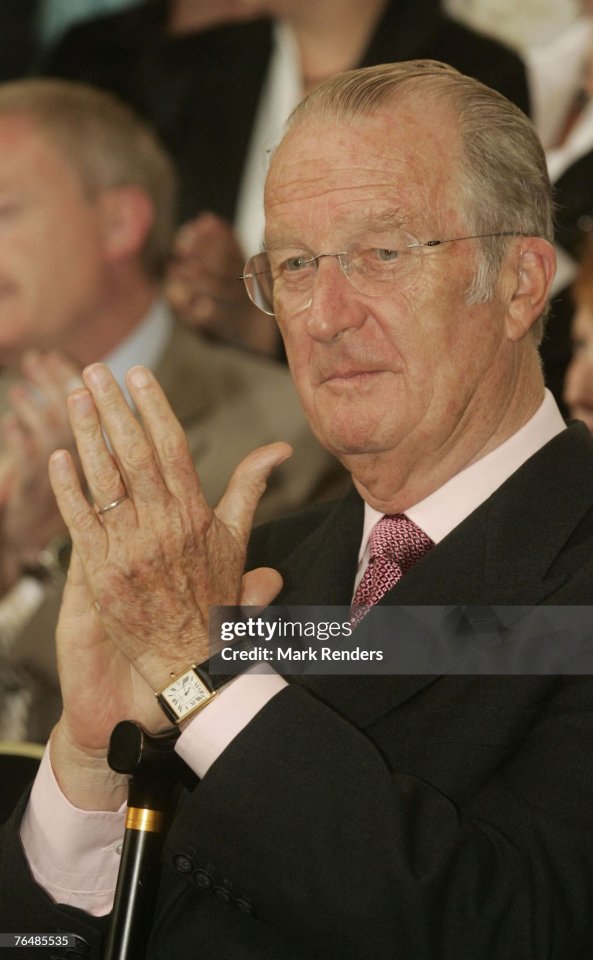
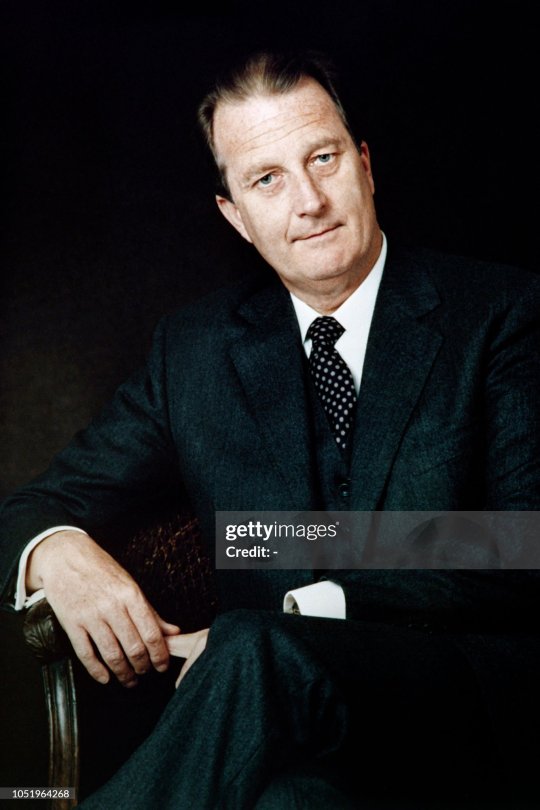
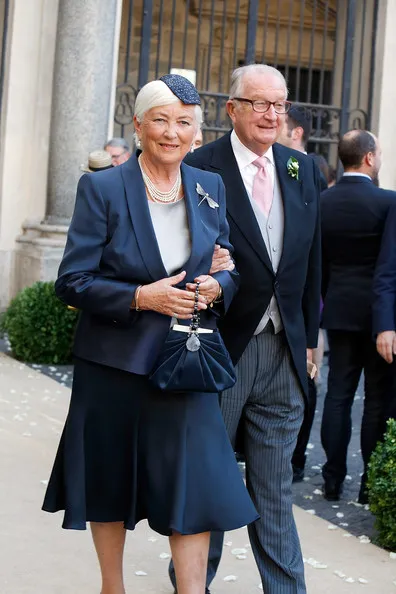
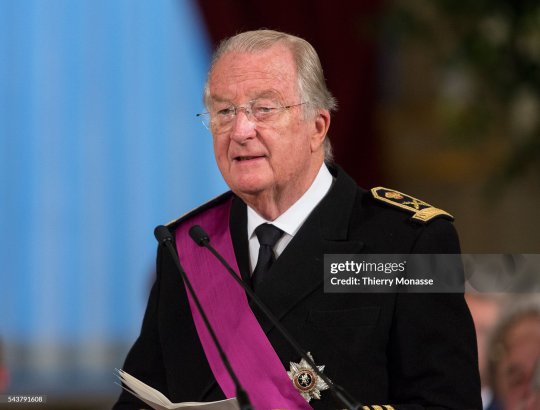
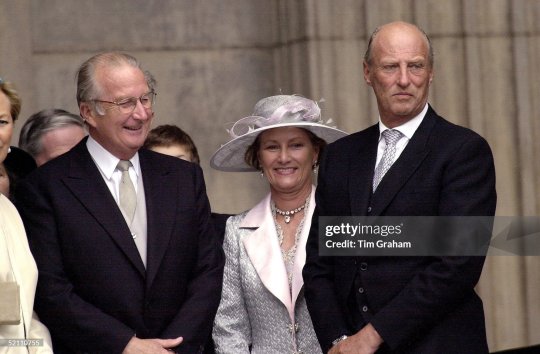
The former King is adorable. He definitely falls into the 'cute grandpa' category. Sure he’s getting on in years and a little past his best but I'd still do him in a heartbeat. And even if you think he is too old, he was a fucking king. You would fuck him and you know it.
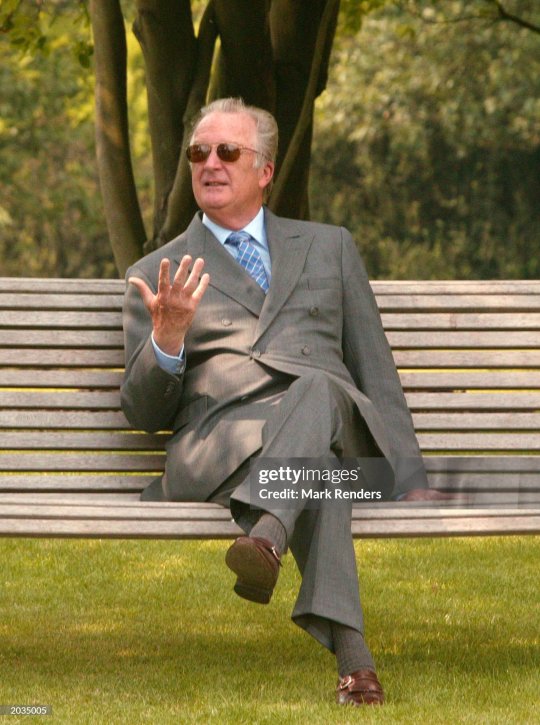
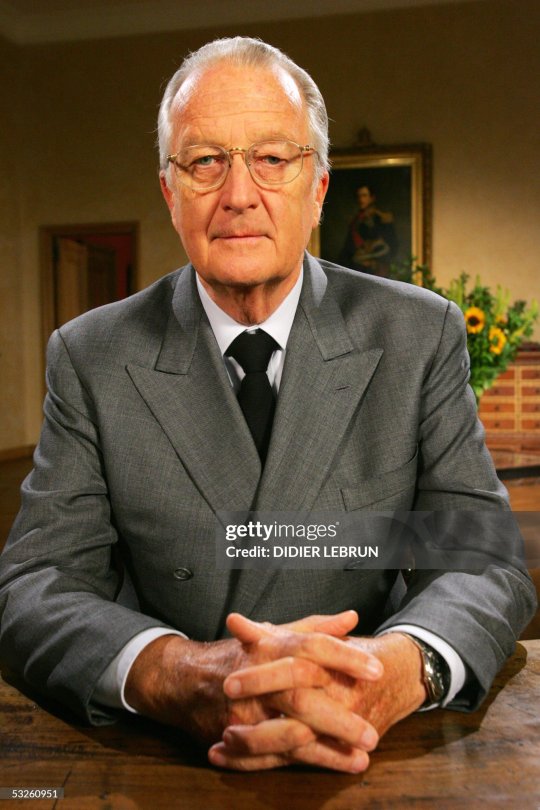
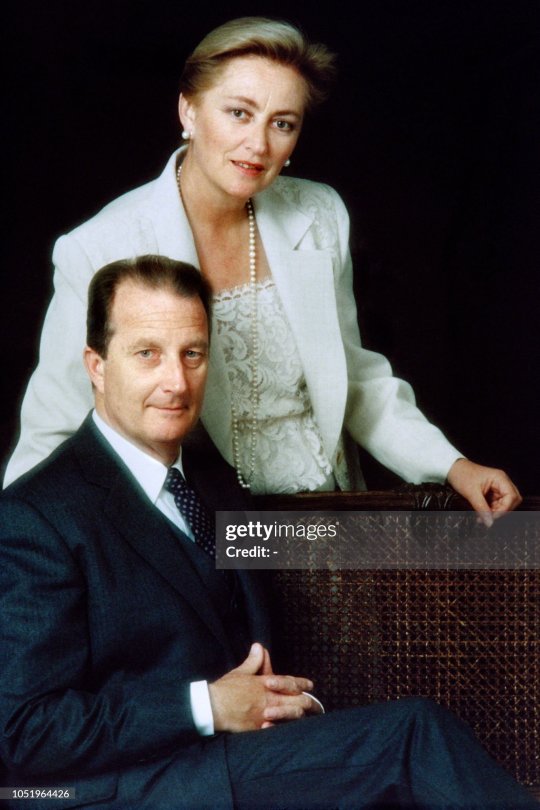
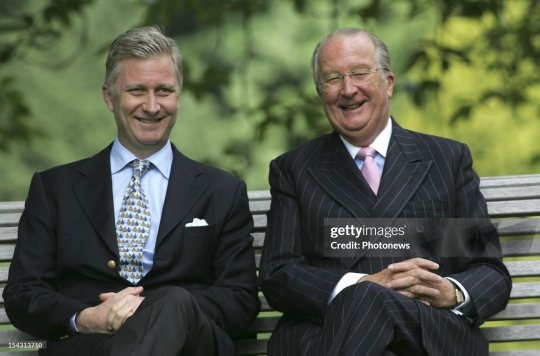
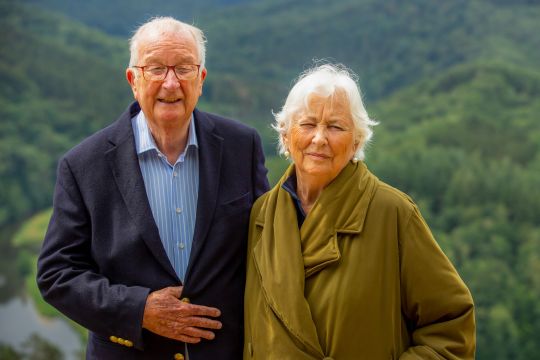
He married Donna Paola Ruffo di Calabria (now Queen Paola), with whom he had three children; King Philippe, Princess Astrid and Prince Laurent with twelve grandchildren and three great-grandchildren. During the 60s, King Albert had an 18-year-affair with Belgian aristocrat that produced a second daughter, Princess Delphine. If I were alive in the 60s, Albert could have slept with me and not have to worry about admitting he fathered a child out of wedlock. What? He isn’t getting me pregnant.
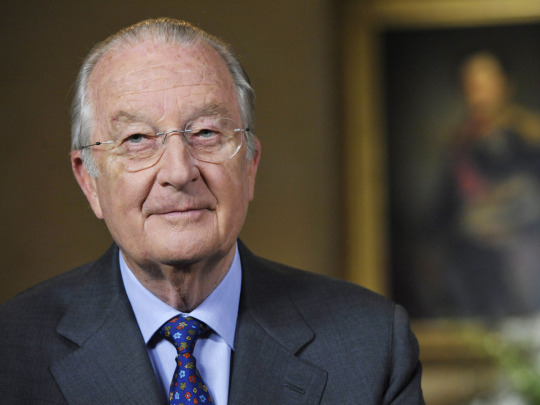
60 notes
·
View notes
